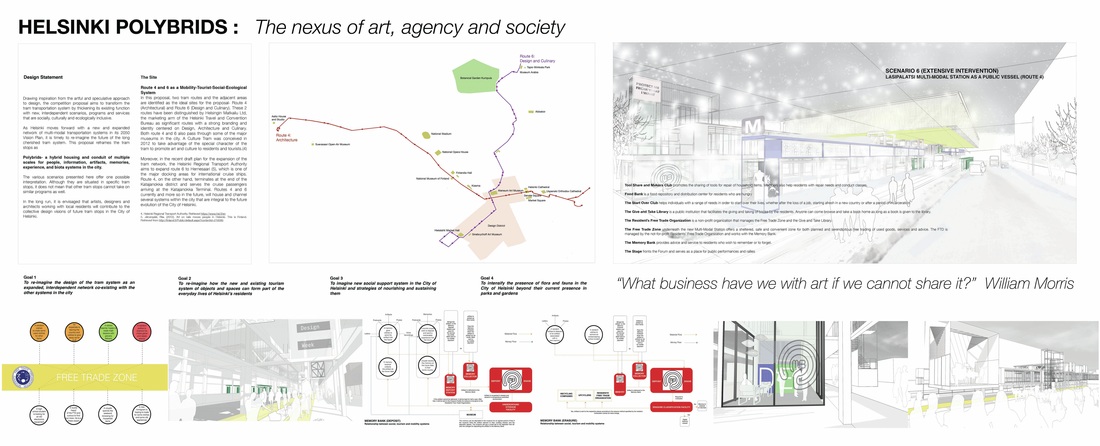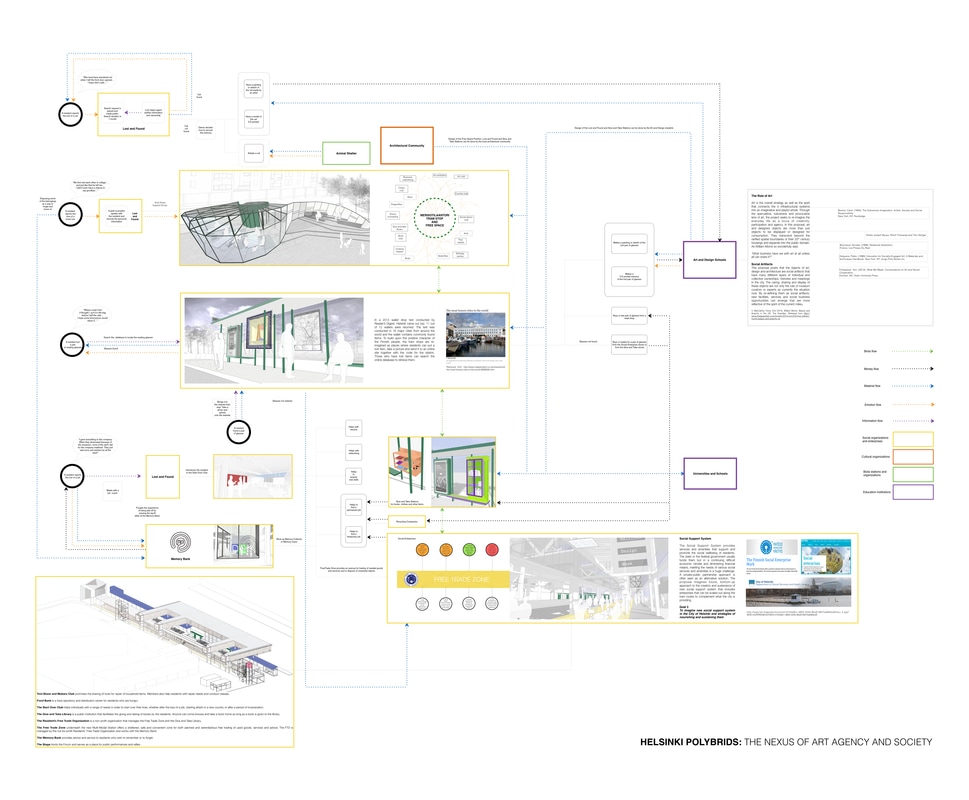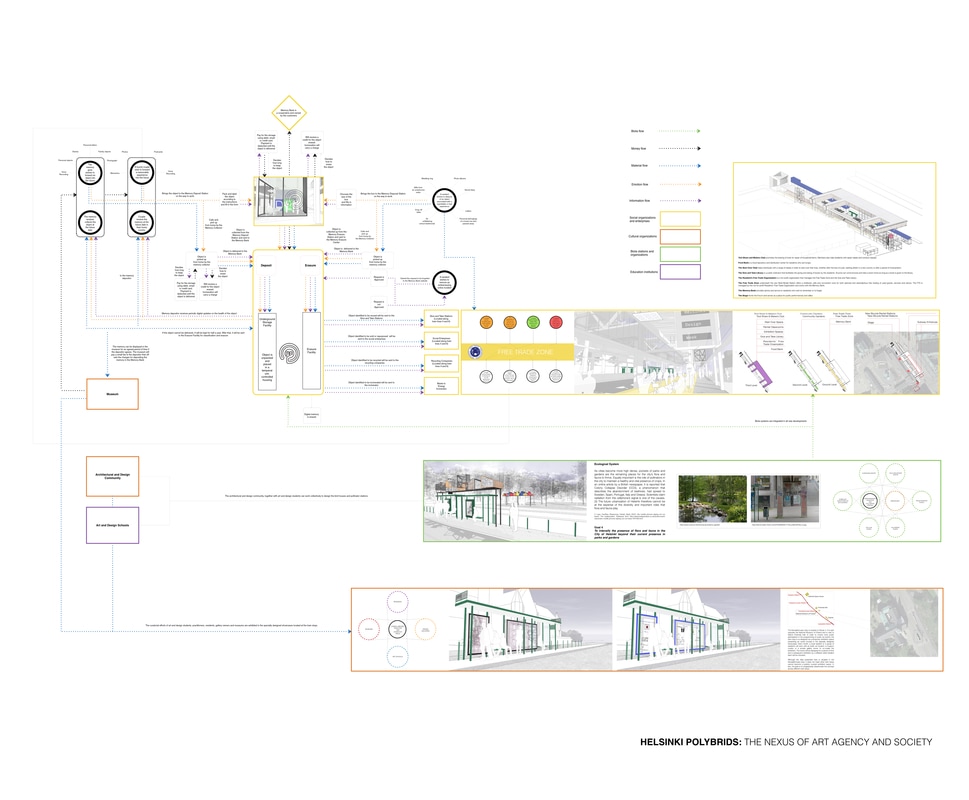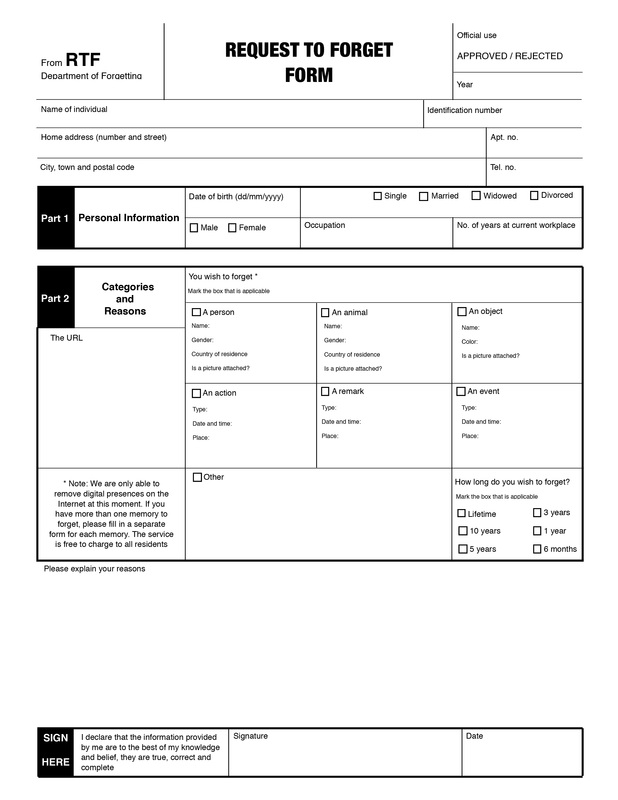|
"Helsinki Polybrids: Nexus of Art, Agency and Society" has been recognized by the jury panel of the Next Helsinki international architectural competition chaired by Michael Sorkin. Among the jury members are Juhani Pallasmaa, Walter Hood, Sharon Zukin and Mabel Wilson. There were over 200 entries from 40 countries. ”Almost like a dictionary of human thought and collective imagination.” (Free quote from jury member Juhani Pallasmaa) https://www.facebook.com/TheNextHelsinki 'Almost everything in the world today is mobile. Why should art be static?' Juhani Pallasmaa #NextHelsinki https://twitter.com/CheckpointHki https://homes.yahoo.com/news/adventures-architecture-next-helsinki-adds-212325775.html http://www.nexthelsinki.org/ My shortlisted proposal and the other 200 over entries form a collective and creative counterpoint to the corporate driven art market initiative of the Guggenheim Museum. Our proposals are part of the major debate over the long term value of the Guggenheim Helsinki project, which has faced massive push backs from Finnish citizens and prompted the setting up of an alternative international architectural competition. Since the Great Recession, city officials are realizing that big, iconic projects are becoming harder to push through in parliament because citizens are demanding for greater investment in social infrastructures instead. However, to avoid financing public art is also ill-advised as it is an important contributor to the culture and economic vitality of cities. A new model of art-making, curatorial practice, presentation, support, housing and archival will need to be designed. To avoid succumbing to the seduction of another one-off piece of iconic architecture costing billions of dollars to build, exploits cheap migrant labor and requires long-term, expensive maintenance, my entry re-frames the making, curating, exhibition and sustenance of artworks as a bottom-up, community driven activity that involves a broad spectrum of stakeholders in the city. It sees economic value of art not limited to how much one can afford to pay and sell at an astronomical price later but a more socially distributive model where the ecology of production, distribution and use (and re-use) is intertwined with the everyday life of the Finnish residents. Instead of scaling up even bigger as most contemporary museums seem to suffer from these days, my entry proposes to scale-out into the different neighborhoods by borrowing the city’s existing tram lines and stops. Through the process of creating the multiple art polybrids in the city, the tram lines and stops, which serve a vast section of the Helsinki residents and are in a state of decline, get to be refurbished and renewed at the same time. This twinning of art and public infrastructure makes good economic sense. The art polybrids are also way more accessible than a singular building, and are more effective in harnessing the collective imagination and creativity of the people. Museum goers are no loner passive consumers of a paid experience. They have the power and the opportunity to co-curate, to make art and in the long run, strengthened community bonding and identity, as well as fostering a more inclusive and socially resilient society. Helsinki Polybrids: The Nexus of Art, Society and Agency is therefore designed to offer a multi-scalar, horizontally distributed, economically and socially sustainable re-framing of art, its production and experience for a 21st Nordic city. The entry was exhibited in the recently concluded Tallinn Architecture Biennale in Estonia under the Research and Development Lab, which saw 1600 visitors over 12 days. The result of the Next Helsinki Competition has also been featured in many influential architecture and design websites, and the Finnish Broadcasting Company. In 2016, the book UR: NextHelsinki by Terreform containing the short-listed entries and essays will be published to document the process and the discourse surrounding the alternative competition, which no doubt will rouse further interest and attention. Academics too, have shared their perspectives on the contentious issue. Writing on the shortlisted entries for the Next Helsinki architectural competition, Peggy Deemer (2015) wrote, “The cultural value of this competition will probably not be in the form of creative capital—although the shortlisted proposals offer excellent thinking on what makes a city work such that art can be appreciated.” (para. 9) Referring to the Next Helsinki architectural competition again, Deemer (2015) was convinced that, “its very existence as performance, display, and conversation—its cultural capital—forces the Guggenheim to scurry and scratch for its rewards.” (para. 9) Besides being in a critical moment in the global discourse to unpack, critique and contextualize the value and purpose of such lavish projects, my shortlisted entry offered an alternative model to the Guggenheim museum franchise that weaved together the art, mobility, tourism, social support and ecological systems in the city. On a professional level, my proposal is a continuation of my research on and formation of a parallel architectural practice and education model inspired by the arts. According to the Legal Information Institute (2015), the definition of the ‘the Arts’ by the United States Congress includes architecture, besides the commonly accepted artistic practices such as sculpture, painting and photography. This inclusive definition opens up the possibilities for the creative renewal of not only the architectural profession but the teaching and learning of architecture as well. The breadth and scope of design services have also increased enormously in recent decades to encompass service design, design activism and strategic design, to name a few of the new fields. The strategic design thinking and human-centered problem identification skills used by architects in their daily practice can therefore be developed and marketed as new skills-sets and services to buffer against another economic crisis. Fluid/Soundings in London and AMO in the Netherlands are excellent examples of such an interdisciplinary practice. On the other hand, the nomination of architecture collective Assemble in the U.K. for the 2105 Turner Prize in Art is a strong endorsement of design activism and the art-design nexus of contemporary spatial practice. In my conversation with a design strategist working in the multidisciplinary American architecture firm Gensler, it was very clear to her that their major clients are not only interested in just a well designed and sustainable building but also a strategic vision that aligns architecture with social and business innovations, as well as environmental stewardship. Architect Michael Sorkin, the organizer of The Next Helsinki architectural competition puts it most provocatively when he declared in an interview with the U.S. based Metropolis magazine, “We invite competition entries from any and all, includes any of the 1,700 losers from the Guggenheim competition whose work looks beyond simply building a museum on the site.” (M, Sorkin, personal communication. Jan 22, 2015). Reference Deemer, Peggy. (2015).The Guggenheim Helsinki Competition: What is the Value Proposition? Avery Review: Critical Essays on Architecture. Issue No. 9. Retrieved from http://www.averyreview.com/issues/8/the-guggenheim-helsinki-competition Legal Information Institute. Retrieved from Cornell University Law School site https://www.law.cornell.edu/uscode/text/20/952 Revised drawings showing the ecology of existing infrastructure, education and cultural institutions, social agencies and parks as spaces for art making, sharing, presentation and community engagement. Architect, Professor and competition judge Juhani Pallasmaa's acknowledging the Helsinki Polybrids entry in his essay, Back To The Starting Line.
The Department of Remembering and Forgetting recognizes that every resident has the right to remember and to forget, regardless of one’s race, country of origin, age, gender, religious belief or economic standing. The department strives to provide the best advice to and service for all residents who wishes to remember or forget. |
Archives
August 2023
Categories
All
|








 RSS Feed
RSS Feed
